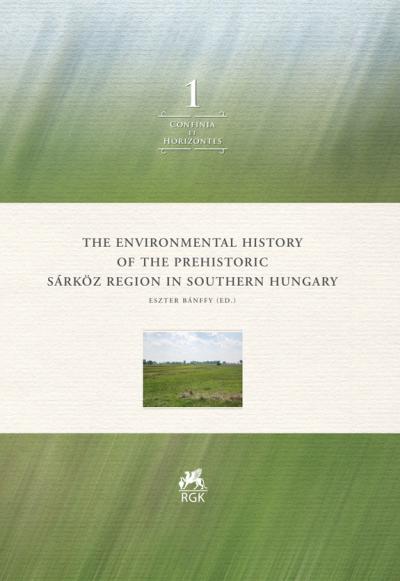The Environmental History of the Prehistoric Sárköz Region in Southern Hungary
https://doi.org/10.34780/confinia.v1i0.1000
Synopsis
Volume 1 of this new series presents current research into the environmental history of the Sárköz region flanking the central Carpathian Basin in southern Hungary. This region was shaped by the Danube, which split here, meandered, met again and created a very dynamic landscape. The contributions provide insights into the history of the landscape based on hydrological data, evidence from oxbow lakes and archaeobotanical research. The main focus is on the results of surveys and excavations of the prehistoric settlements at Alsónyék, Fajsz-Kovácshalom, Fajsz-Garadomb, and Tolna-Mözs.
Keywords:
Neolithic, Hungary, environmental history, survey, hydrology, archaeobotanyChapters
-
Lectori salutem!
-
The Danubian Sárköz: A geographic, prehistoric, and historic region in the southern Hungarian section of the Danube Valley. An introduction
-
Windows onto the landscape: Prospections on the prehistoric sites at Alsónyék, Fajsz-Kovácshalom, Fajsz-Garadomb and Tolna-Mözs in the Sárköz region
-
Prehistoric environment of the Sárköz region in the Danube Valley, southern Hungary. Case studies from infilled oxbow lakes
-
Groundwater under scrutiny: A hydrological aspect of human settlement strategy in the vicinity of the southern shoreline of Lake Balaton
-
Investigation of the plant macro-remains from four archaeological excavations at Fajsz-Garadomb and Alsónyék-Bátaszék in the Sárköz region and their comparison with the archaeobotanical record from other Hungarian Neolithic sites

Published
November 4, 2021
Series
Categories
Bibliographic Information and Reviews
Copyright (c) 2020 Digital editions of monographs and series of the DAI



